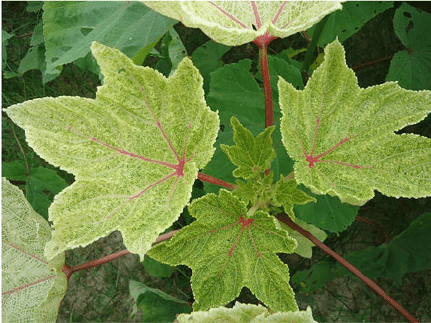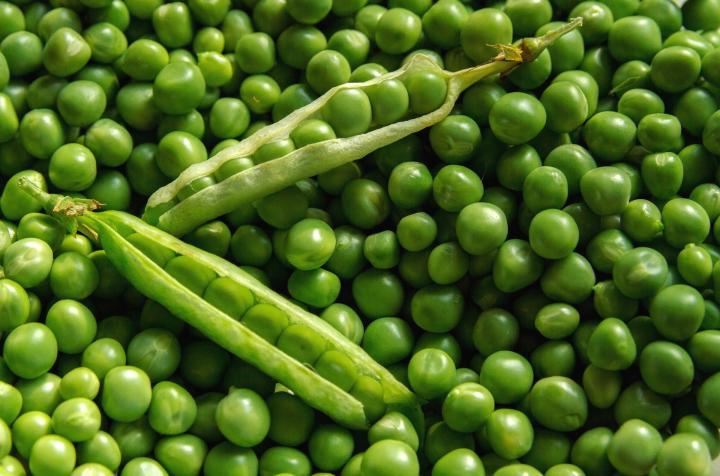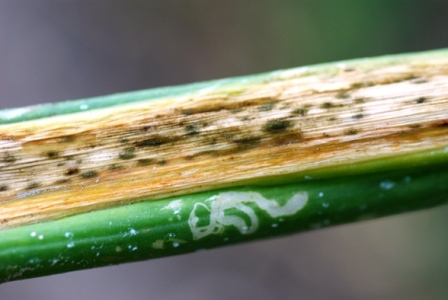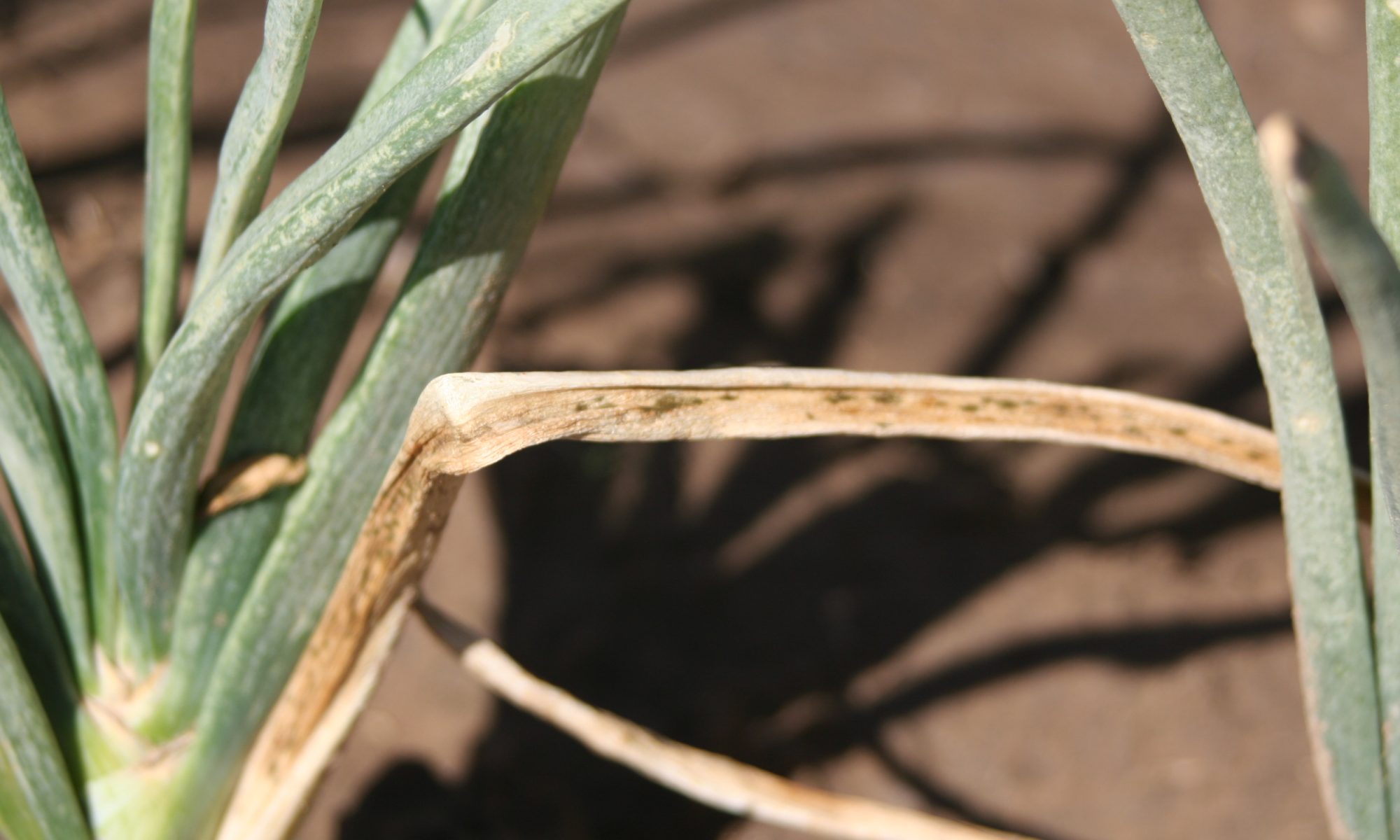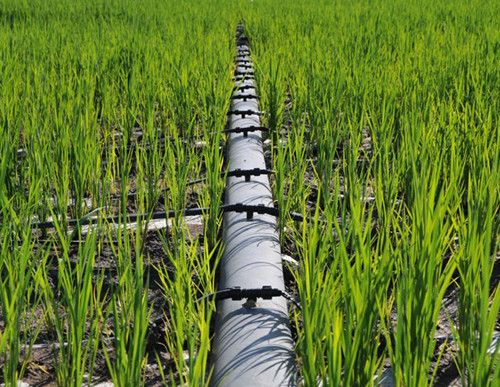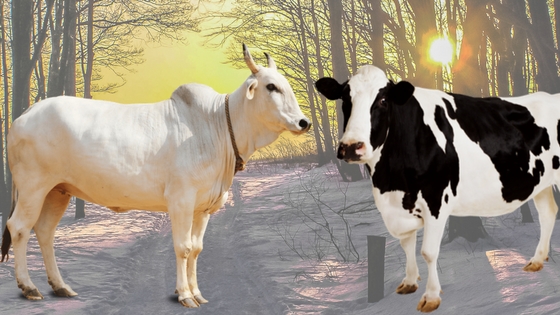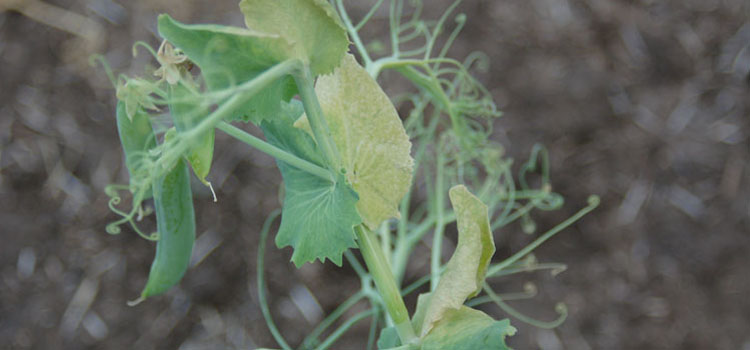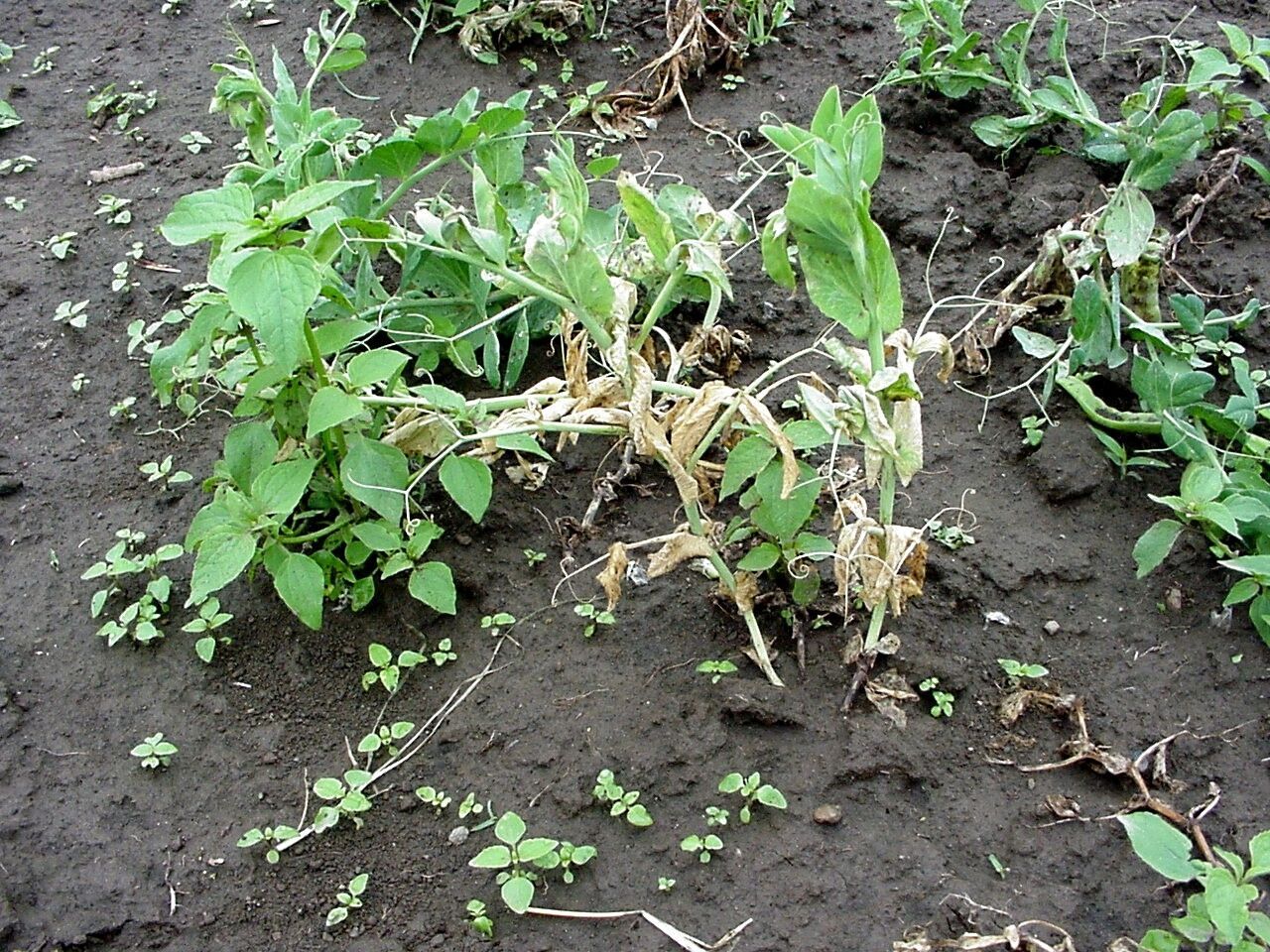- This is the most important and destructive viral disease in bhindi.
- The disease infects at all the stages of crop growth and severely reduces growth and yield.
- The disease is transmitted by whitefly.
- The characteristic symptoms of the disease are a homogenous interwoven network of yellow veins enclosing islands of green tissues.
- Initially, infected leaves exhibit only yellow-colored veins but in the later stages, the entire leaf turns completely yellow.
- The fruits of the infected plants exhibit pale yellow color, deformed, small and tough in texture.
Like and share with other farmers by clicking on the button below
Share
